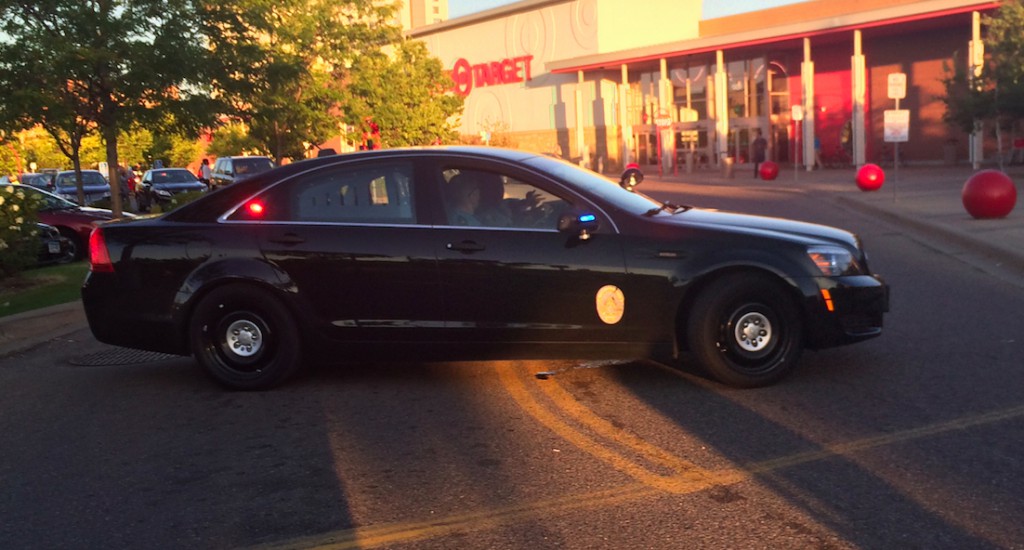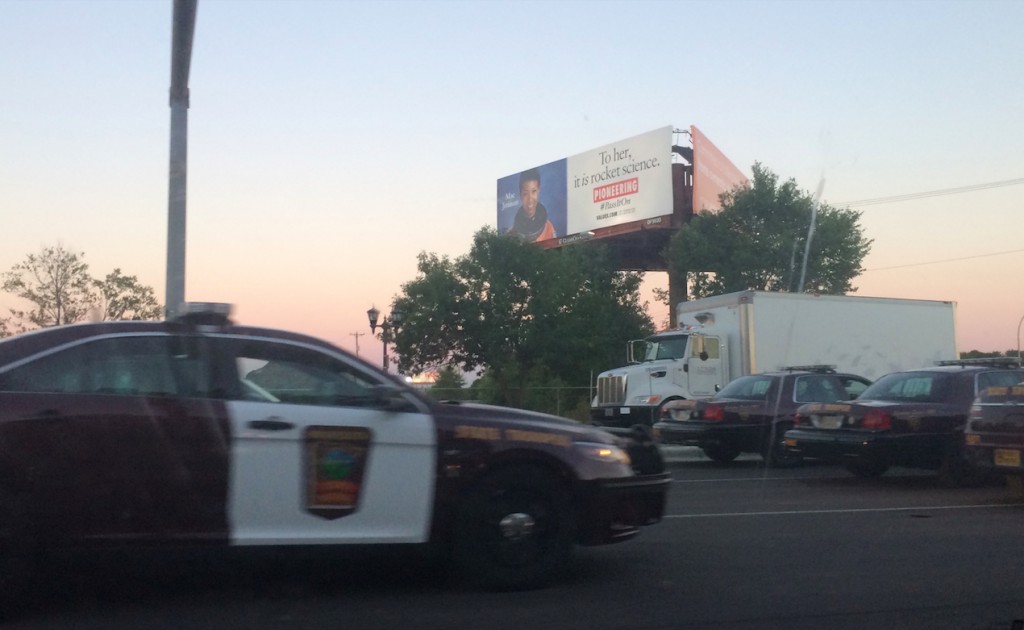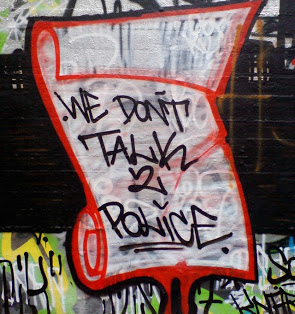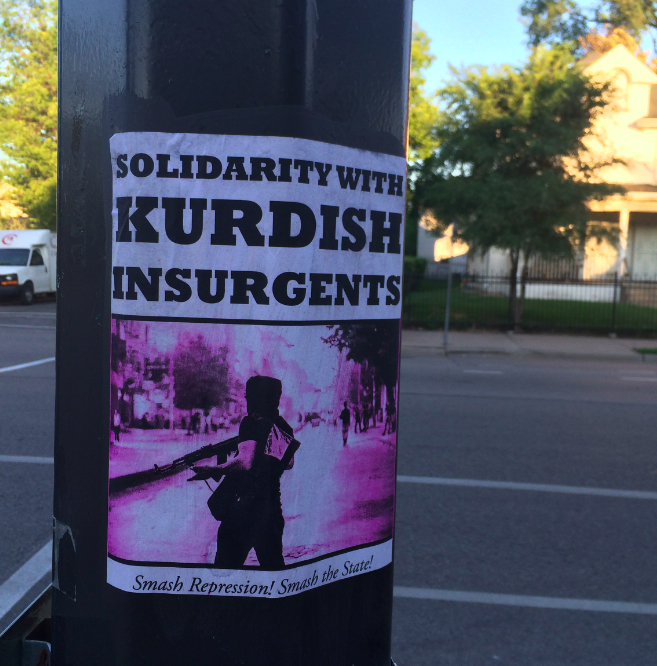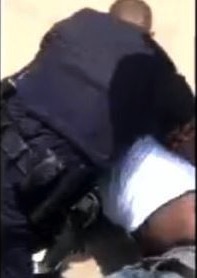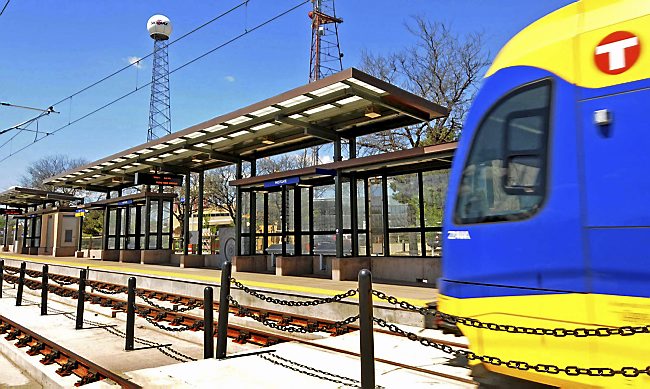“Minneapolis could easily burn like Baltimore.”
Or so says a community organizer within the Black Lives Matter movement. And a number of so-called community leaders would agree. But this acknowledgement is followed up by solutions to make sure that it doesn’t. The list of demands, whether body cameras or better jobs, the protest marshals placed between the cops and ourselves, all tools to prevent things from getting out of control. Quite often they don’t even attempt to hide the fact that they are de-escalators. And here is where the community leaders find themselves shoulder-to-shoulder with the police—both working just as adamantly as the other to eliminate unrest.
Indeed, many participants of the recent “Emergency Shutdown” action in St. Paul actually felt keen on shaking an officer’s hand as he walked freely through through the timid crowd. And despite the call to shut down the streets, a number of so-called allies actually took to picking back up construction equipment that had been knocked over to stop traffic. Minor stoppages occurred along the Green Line, but the event remained entirely contained by the organizers and their designated de-escalators. Instead of blockage used to physically interrupt the material functioning of white supremacy, it is used to draw attention to the cause. Not so different from last month’s solidarity march for Sandra Bland, invoking her mother’s call for “war”, but failing to go beyond an empty media spectacle.
The riot, on the other hand, becomes the last-resort threat in order to force concessions. But liberation from the systems that oppress us cannot be found within the realm of politics. There are no laws that can grant us liberation, no politicians that can promise it us, no amount of reforms that could possibly address the basic operation of the forces that control our lives. Instead, they are used to restore peace, by which they mean order. Therefore, every maneuver on the field of politics can be understood as an attempt to delay our liberation.
Instead of attempting to dissect why certain people try to manage dissent, we find it much more fruitful to sketch a way out. As mentioned earlier, blockage has emerged as an instinctual response to police violence. To block the flows of the city is to interrupt the physical processes through which forces of domination manifest. The riot allows for these blockades to multiply: blocking roads and trains with dumpsters and debris instead of leaving our bodies vulnerable, blocking police operations with projectiles, while also providing the opportunity to directly attack the structures of our enemies and temporarily claim territory as autonomous. We must also learn how to expand beyond the riot as well, pushing the limits until there is no going back.
Minneapolis can indeed burn just like Baltimore, and everywhere else too. It takes confidence, effort, and intention. We certainly aren’t devoid of reasons to revolt, two people have been shot by police in the Twin Cities in the past month. Police shootings are the culmination of so many other, more subtle forms of oppression, and it’s unfortunate that at the current moment we seem to be unable to act before tragedy strikes. Yet, it won’t matter when we act if we cannot escape the impotent symbolism that activism has accustomed us to.



